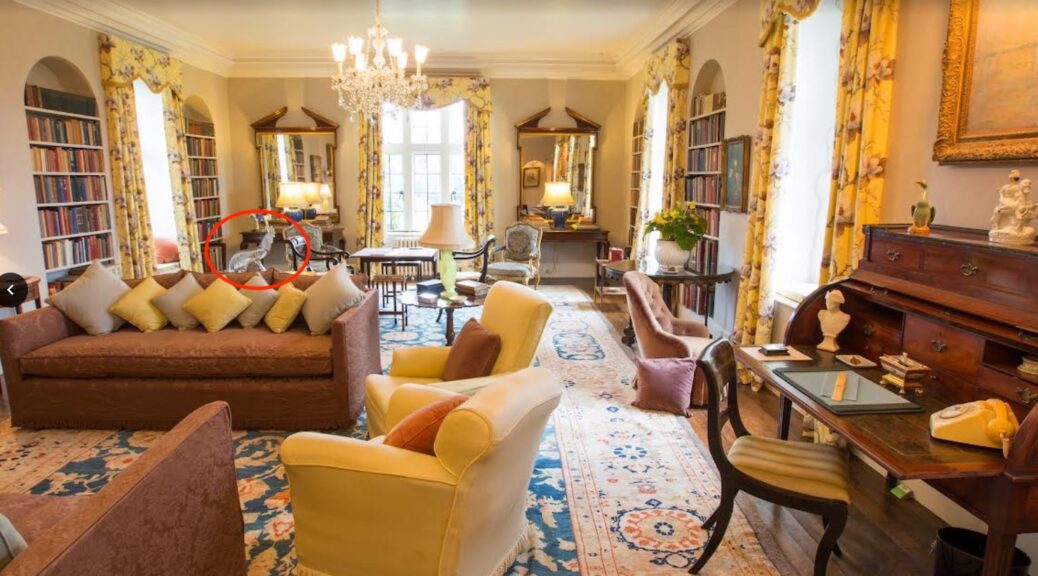
French Magnanimity: De Gaulle’s Gift of a Lalique Cockerel
Excerpted from “Chartwell’s Lalique Cockerel: A Rare Gift of Gaullist Penance,” written for the Hillsdale College Churchill Project. For the original article with endnotes, click here. To subscribe to free weekly articles from Hillsdale-Churchill, click here and scroll to bottom. Enter your email in the box “Stay in touch with us.” Your identity remains a riddle wrapped in a mystery inside an enigma.
Q: Origins of the Lalique rooster
Many visitors to Chartwell admire the René Lalique crystal cockerel, which resides in the drawing room. It belonged to Clementine Churchill from the 1940s.
The story of its provenance is very strong, since it was a personal gift from Charles de Gaulle, likely in the Second World War era. What little we know is based on Celia Sandys’ description (in Churchill’s Little Redhead). There doesn’t appear as yet to be any textual record in the Cambridge Archives, and I’ve not yet found it mentioned elsewhere in print. Were there any other mentions? —Eugene McConlough, England (Mr. McConlough is a Chartwell docent)
A: De Gaulle’s apologia
René Jules Lalique (1860-1945) was a French jeweler known for his crystal and glass art, from diminutive perfume bottles to chandeliers. Uniquely, Lalique glass sculpture also served as motorcar bonnet mascots (hood ornaments).
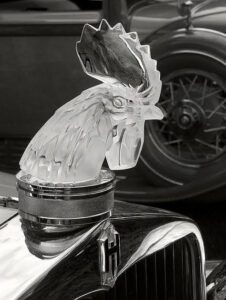
As an automotive writer in another life, I am familiar with Lalique’s work on classic luxury cars of the Twenties and Thirties. Of course in that application, it usually comprises only the rooster’s head. The Lalique cockerel at Chartwell is the whole bird—large, complete, and unusually posed with his feathers folded.
The cockerel is the symbol of France—thus often Lalique’s subject. There is no doubt, as you say, that Chartwell’s was a gift to Clementine Churchill from Charles de Gaulle. Katherine Carter, the National Trust administrator, kindly provided the photo above, showing its location in the drawing room.
Celia Sandys, and the guidebook Churchill at Chartwell by Robin Fedden, both mention the Lalique bird. But there another important reference that sheds light on the loyalty and character of Clementine Churchill.
Clementine Churchill, 1979
According to Lady Churchill’s daughter and biographer, the Lalique cockerel symbolized Gaulle’s regard for Clementine. This blossomed after a wartime argument. At Winston Churchill’s personal decision, Britain destroyed large elements of the French fleet at Mers el-Kebir. The object was to prevent their falling into German hands. Mary Soames writes:
On 3rd July [1940], the Royal Navy opened fire on the French Fleet; three battleships were destroyed, with the loss of 1300 lives, and the remaining French ships at Oran and in other North African ports were either destroyed or immobilised.
It must have been just at the time of these searing events—the painfulness of which no one felt more keenly than Winston himself—that General de Gaulle lunched at Downing Street. The conversation turned to the future of the French Fleet, and Clementine said how ardently she hoped that many of its ships and crews would carry on the fight with us.
To this the General curtly replied that, in his view, what would really give the French Fleet satisfaction would be to turn their guns “On you!” (meaning the British).
Clementine from the first had liked and respected this dour man, but she found this remark too much to bear and, rounding on him, she rebuked him soundly, in her perfect, rather formal French, for uttering words and sentiments that ill became either an ally or a guest in this country.
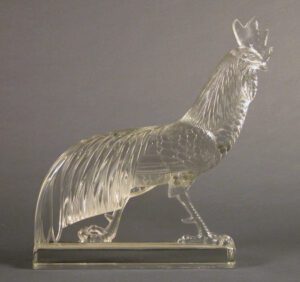
“Certain things a woman can say…”
From the other side of the table Winston sensed that something had gone amiss and, in a conciliatory tone, said to the General: “You must forgive my wife. Elle parle trop bien le français [She speaks French too well].”
Clementine interrupted him, and said in French: “No, Winston, it is because there are certain things that a woman can say to a man which a man cannot say, and I am saying them to you—General de Gaulle!”
After this verbal fracas, the General was much upset, and apologised profusely; and the next day he sent a huge basket of flowers for Clementine. Later on in the war he was to give her a beautiful Lalique cock—the emblem of France—which she greatly treasured.
“The Constable of France”
Surely whenever Churchill looked upon the glass bird, he must have remembered his many ups and downs with the great Frenchman. Yet their mutual respect survived. WSC wrote memorably in his war memoirs:
On the afternoon of June 16 [1940] M. Monnet and General de Gaulle visited me in the Cabinet Room…. [Monnet] turned to our sending all our remaining fighter air squadrons to share in the final battle in France, which was of course already over…. But I could not do anything to oblige him in this field.
My two French visitors then got up and moved towards the door, Monnet leading. As they reached it, de Gaulle, who had hitherto scarcely uttered a single word, turned back, and, taking two or three paces towards me, said in English: “I think you are quite right.”
Under an impassive, imperturbable demeanour he seemed to me to have a remarkable capacity for feeling pain. I preserved the impression, in contact with this very tall, phlegmatic man: “Here is the Constable of France.”
Related articles
Diana Cooper, “Duckling, Wormwood and the War,” 2024.
“Dieu Protège La France,” 2015.
“Churchill’s War Memoirs: Aside from the Story, Simply Great Writing,” 2023.
”Casablanca, Admiral Darlan, and Rick’s Letters of Transit,” 2021.
“Churchill on Joan of Arc: Agent of Brexit? Maybe Not,” 2020.
“Origins of the de Gaulle Quote, “I’ll Kiss Him on All Four Cheeks,” 2019.
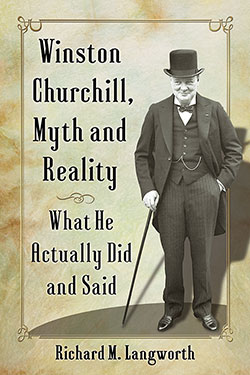
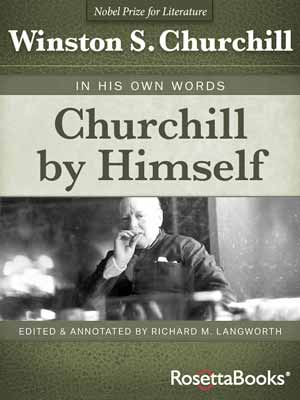
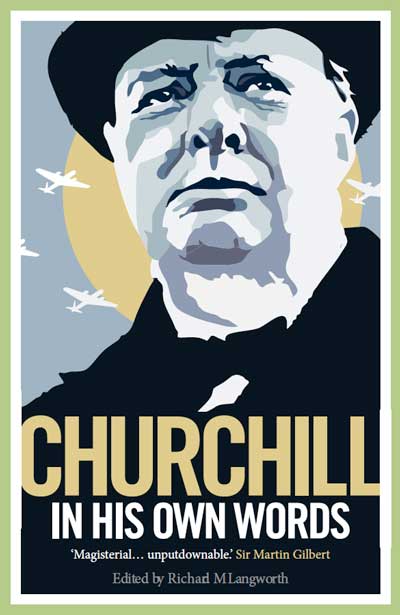
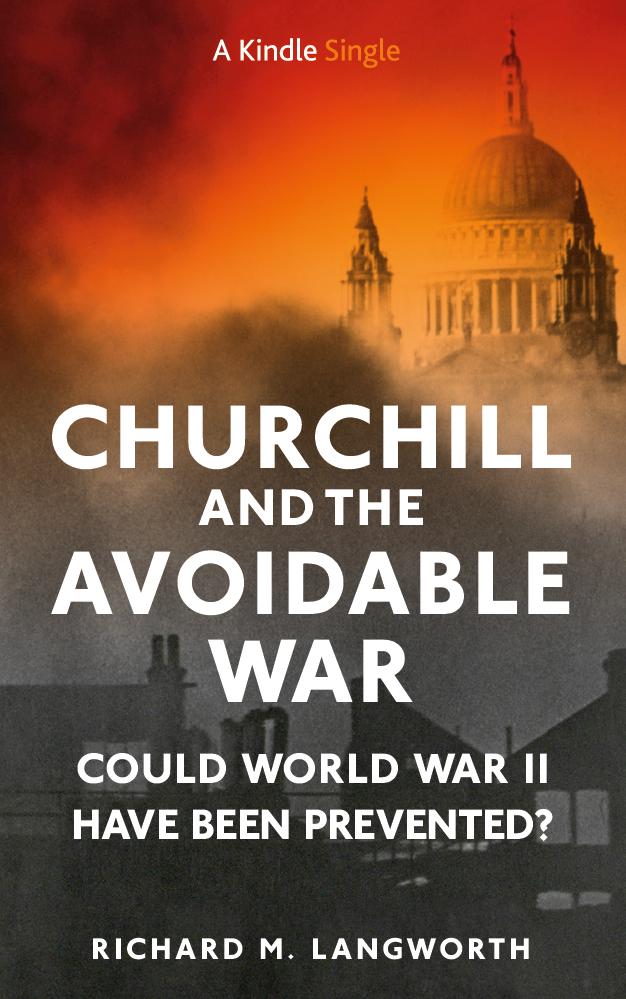
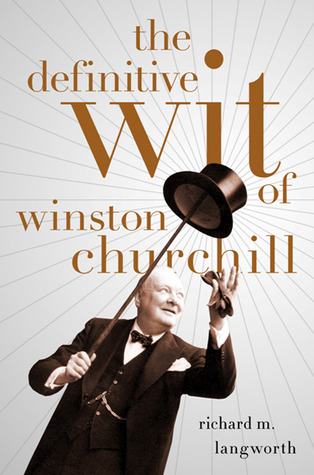
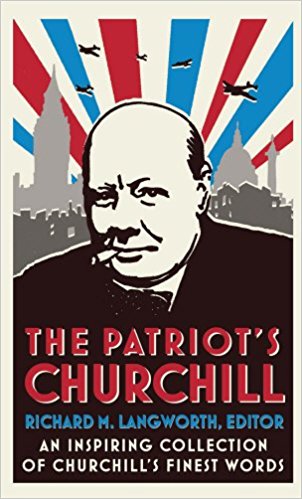

3 thoughts on “French Magnanimity: De Gaulle’s Gift of a Lalique Cockerel”
With respect, and unless I have missed something, why is there no actual mention of the words Clementine made to the General? They would be of interest especially to reveal just how perfect her knowledge of French was. She never came across to me to be very outgoing where foreign languages are concerned especially where delicate exchanges of opinion might be undiplomatic. In fact I have never any report of her speaking French in pubic. I find English people speaking French in France disappointing, and one Ambassador failed to speak it all. It would interesting to know what she said to de Gaulle and whether it proved effective. My opinion is that English people rarely speak French earnestly or seriously because others might think they’ve “gone native.”
–
There is no record of exactly what Clementine said because it was never written down. What we know comes from her daughter Mary, and I have recorded that verbatim. Nor was she ever reticent to speak her mind when unjust things were said. We do know Clementine’s words were effective—the whole point of the story is that they produced an immediate apology from de Gaulle, and later the Lalique cockerel. Clementine grew up in Dieppe, was fluent in French, and taught it to English students. Though not a stump speaker, she spoke French on several public occasions to high acclaim from her audiences. —RML
What marvelous story to share. Thank you ever so much.
Canada and Anglo Quebecers lost much of their respect for de Gaulle, when in 1967, during a state visit to Montreal (Expo 67), from the balcony of the city hall proclaimed, “Vive le Québec libre”, the slogan of Quebec independence.
–
True, but he always said what he believed, and that’s not common among politicians, whether or not we agree with them. —RML
Comments are closed.